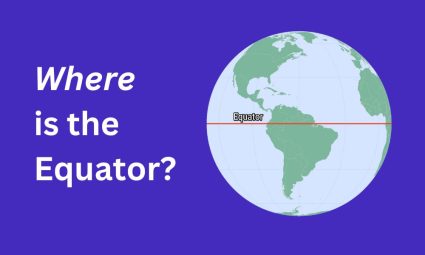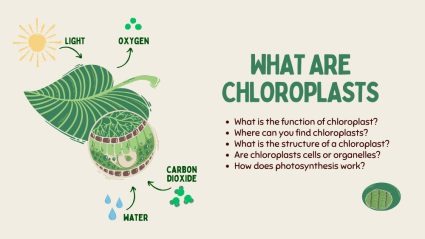15 Plants with Superpowers
Plants do have some remarkable abilities that can seem extraordinary. Today, we’ll give you 15 examples of plants with superpowers.

Plants do have some remarkable abilities that can seem extraordinary. Today, we’ll give you 15 examples of plants with superpowers.

The butterfly lifecycle is a process of change and growth. It goes through four main stages: egg, caterpillar, chrysalis, and butterfly.

The evolution of the atomic model includes the Billiard Ball, Plum Pudding, Nuclear, Planetary, and Electron Cloud Models.

The equator is an imaginary line that circles completely around the Earth. It divides the planet into the Northern and Southern Hemispheres.

Fossils are like nature’s time capsules because they give us a glimpse into the distant past. Learn about the 4 types of fossils today.

The hydrosphere is a vast and dynamic system of all things watery. In fact, the hydrosphere covers about 71% of our planet’s surface.

Laboratory apparatus are tools that enable scientists to conduct experiments, make measurements, and gather data in a controlled environment.

Eukaryotic cells are like complex apartments with rooms (organelles) enclosed by walls (membranes). Prokaryotic cells are like open studios.

Rivers are dynamic and essential. Plus, they fulfill diverse roles in our world. You’ll learn the significance of a river is far-reaching.

Mitosis produces genetically identical cells for regular body functions. Meiosis creates genetically diverse cells for sexual reproduction.

Mitosis is like construction workers in your body. It builds new cells they need to make more of themselves for healing or growth.

Genetic diversity is like having a toolbox with lots of different tools. In living things, these tools are the variations in genes.

What are chloroplasts? You’ll learn about their function, location, structure, and the process of photosynthesis within chloroplasts.

Grouping animals into classes of vertebrates allows us to categorize the incredible diversity on Earth and their evolutionary histories.

The ocean is vast and still holds many mysteries. Today, we’re going to dive deep and explore 10 of these fascinating mysteries.